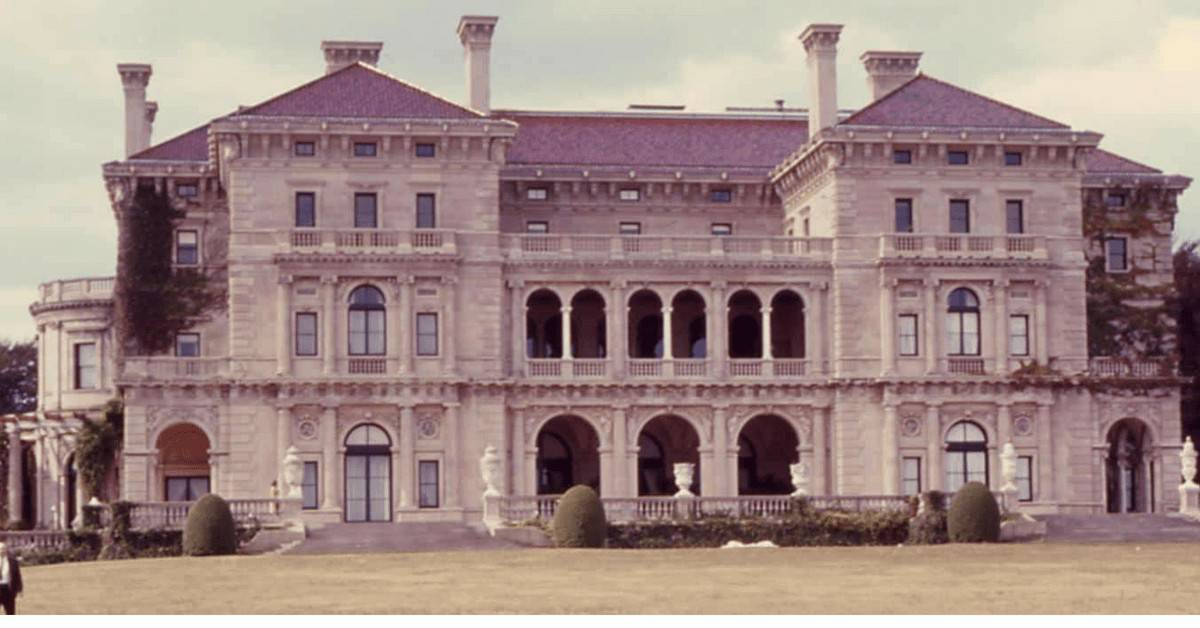Cornelius Vanderbilt created a fortune from ferries, steamship lines, railroads, and stock manipulations. He was the first American to give away $1 million, which he donated for the purpose of funding Vanderbilt University. At the time of his death, if his fortune is adjusted for inflation, he was the second richest person in American history. He left 95% of his vast estate to his son William and William’s four sons.
He considered his several other children incapable of managing the vast fortune which he had accrued. The man known as the Commodore lived frugally, a virtue he suspected absent from the character of most of his children. History proved him right. Although his son William nearly doubled the fortune left to him by his father, by 1973, when the Vanderbilts held a family reunion at their namesake university, not one of the 120 attendees was a millionaire.

Here are ten reasons one of the world’s wealthiest families simply ran out of money.

The Breakers
Cornelius Vanderbilt II was the eldest son of William Vanderbilt, and was said to be the Commodore’s favorite grandson. Cornelius developed the reputation of being a scrupulous and hard-working banker, traits which were heartily approved by his grandfather, who left him $5 million in his will. When his father, William Vanderbilt, died he inherited another $70 million. He did little to increase the family fortune, his own estate was about $73 million.
Part of the reason he did not advance the already vast Vanderbilt wealth was his philanthropy. Another part was his investments in real estate. Cornelius II built the staggering Newport mansion, which he and his family called a cottage, named The Breakers. Built on a cliff and with a footprint of about one acre, on a fourteen-acre lot, the house contains 70 rooms on five floors and was built in the style of the Italian Renaissance.
There was a carriage house and stables with a dozen stable boys under a head groomsmen. Although the Vanderbilt family was in attendance at the cottage only a few weeks a year, during the summer social season when Newport was a fashionable resort, the stable and the household servants were at the house full time, year around. The Breakers is but one of the massive houses along the cliffs at Newport, but it is the largest and grandest.
Cornelius II also built a townhouse in Manhattan, on Fifth Avenue, which was his regular residence. It was the largest private residence ever built in Manhattan. Not including the basement the house had six floors. The entrance hall was a full five stories high. The house had 37 servants maintaining the home and the grounds, and others serving as personal assistants to Mr. and Mrs. Vanderbilt. Their seven children had their personal servants as well.
When Cornelius II died in 1899, of complications from a stroke which he suffered three years earlier, he left his widow, Alice Vanderbilt, a trust fund of $250,000 to operate and maintain the two homes. The sum was inadequate, and the expenses of the two houses ate deeply into the Vanderbilt fortune. Alice sold the Fifth Avenue home in 1926. It was later demolished. The Breakers continued to erode the Vanderbilt wealth until 1948 when it was leased to the Newport Preservation Society.

